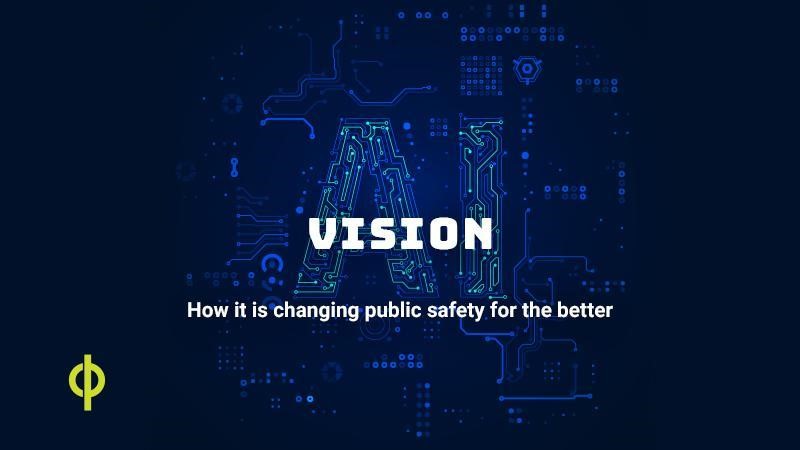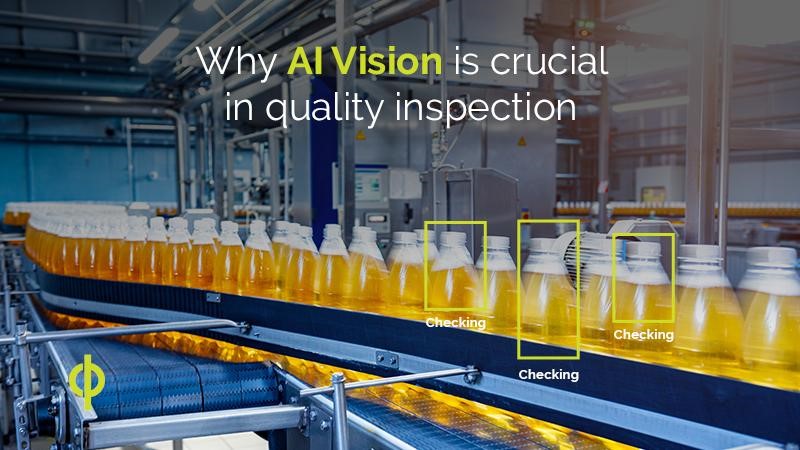As we build a better society, one of the most important measures of progress is public safety. Companies around the world are designing innovative technologies to detect and prevent crimes. With AI, it has now become easier to leverage historical data to identify patterns and predict locations where crimes are most likely to happen in order to focus all energies into making the most vulnerable areas safe.
Moreover, with technologies like facial recognition and validation, it has become possible to solve crimes with reduced time and effort. More and more improvements in law enforcement can be seen with the implementation of data-based technologies, especially Artificial Intelligence.
But what’s in store for the future of law enforcement?
Vision Intelligence For Public Safety
Vision intelligence has highly practical applications in surveillance and public safety. With the ability to detect patterns in visual feed – images or videos, it becomes easier to track and identify items, patterns, people, and behaviours to trigger an alarm or warn the responsible security personnel in real-time of impending threats.
Some of the vision intelligence applications that are most useful in public safety are:
1. Facial Recognition and Validation
Facial recognition is currently a relatively commonplace technology where most smartphones are now locked/unlocked with it. However, it’s application in surveillance and public safety is more profound, and paramount. With AI-based visual intelligence, facial recognition can not only identify people behind a disguise but also read emotions and expressions to predict suspicious behaviour if and when a person is intending to commit a crime.
Moreover, with facial validation, it becomes possible to detect and prevent bypassing of facial recognition through identity theft or deep fakes.

2. Behavior Detection
When trained to identify a set pattern of behaviour that people are required to follow, an AI-based camera can detect anomalies from the set pattern and provide alerts or notifications. This can be implemented in controlled public places such as prisons, mental asylums, etc. where a set pattern of behaviour is expected from individuals and any anomaly can be a sign of trouble.

3. Skeletal Construction
Certain movements can be identified in individuals that indicate criminal intent. In surveillance, with video cameras ingrained with vision intelligence, one can identify if there’s a fight that breaks out in an alleyway and whether it’s just a quarrel or it has serious repercussions. This insight could potentially enable the surveillance to make the right decision at the right time to prevent escalation of the situation and possibly prevent a crime from happening.

In addition to all this, the applications of vision intelligence are becoming more pronounced and imperative as we advance in technology and operations.
We, at Cogniphi, are building effective vision intelligence solutions that are outcome-driven and significantly improves the existing cameras in an area to drive insights and ensure improved surveillance and safety.
About Cogniphi
Cogniphi is a technology company that focuses on building next-generation vision intelligence solutions that are outcome-driven and seamlessly integrates into the existing infrastructure. Cogniphi’s AI Vision is a platform that’s built to improve operational efficiency at every level of an organization, across industries and sectors.
If you’re wondering how Cogniphi’s AI Vision can help you transform your business, get in touch with us for a free demo!





